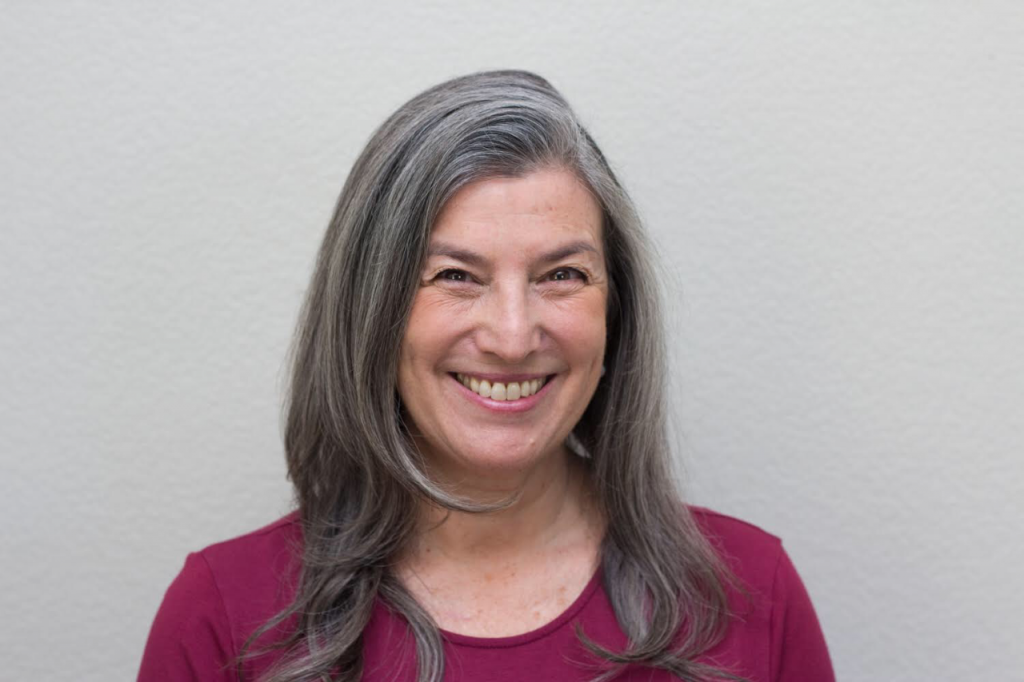
When I was growing up, creative expression was as natural as breathing. My inner world called out for release and creativity guided me through difficult events. The darkest times found resolution in dance pieces that explored those events and theater, poetry and music awakened in me a love of storytelling and the possibility of creating a better world.
When my life was shattered by the death of my husband in 2005, I rushed to a variety of creative activities to help me through my grief. When I decided to become a grief counselor, I wanted to incorporate expressive modalities into my work. As I develop my own approach to working with bereavement, I continue to study thanatology as well as the latest research models that are beneficial for grieving clients.
“By approaching grief creatively, we have an opportunity to repair what is broken, celebrate what has been lost and look towards learning how to live again.”
I believe that expressive modalities open pathways to understanding and healing that talk therapy alone does not. For millennia, the arts have been a rich ground for emotional experience, stimulating thought and non-verbal discovery. We express ourselves creatively without realizing it, using metaphor when we tell someone about our lives. The written word, sculpture, painting, symbol, all art connects the different realms of being, joining together the physical, emotional, spiritual which makes us whole. If living is a holistic experience, grief is one as well. By approaching grief creatively, we have an opportunity to repair what is broken, celebrate what has been lost and look towards learning how to live again.
In conversation with therapist colleagues, I have been surprised to discover that therapy training programs usually do not include much information on grief models that are used today and which are much more relevant and current than the Five Stage Model of Elisabeth Kubler-Ross, put forth 50 years ago. Her concepts actually arose through working with dying patients and later, she applied the stages to bereavement. While many people do experience some or all of the themes in the stages, the idea that these stages constitute the “proper” way to grieve has solidified in the medical and therapy fields as well as in popular culture. In fact, there are no stages of grief nor is there any one correct way to grieve.
This is why I wrote The Creative Toolkit for Working with Grief and Bereavement: A Practitioner’s Guide. Directed at practitioners of all kinds, including those non-professionals who may be facilitating peer support groups, the first half of the Toolkit contains a brief history of bereavement theory. Paying attention to one’s own grief history and how to generate compassionate presence is also in this first part. Then I offer an overview of seven of my favorite grief models, including meaning-making, the dual process model, mindfulness, companioning and the importance of creativity and somatic awareness in bereavement.
The second part of The Creative Toolkit offers 30 activity sheets which include cognitive, expressive and somatic activities as well as worksheets that ask the client to consider personal identity, their relationship with the person they are grieving as well as their own future selves. Each sheet has a guide for the practitioner to enable them to invite the client to engage with the worksheet.
I hope The Creative Toolkit for Working with Grief and Bereavement: A Practitioner’s Guide proves both educational and useful to anyone who will encounter grieving people in their work. It provides clear information on thanatology principles and practical tools to use.
~ Claudia Coenen